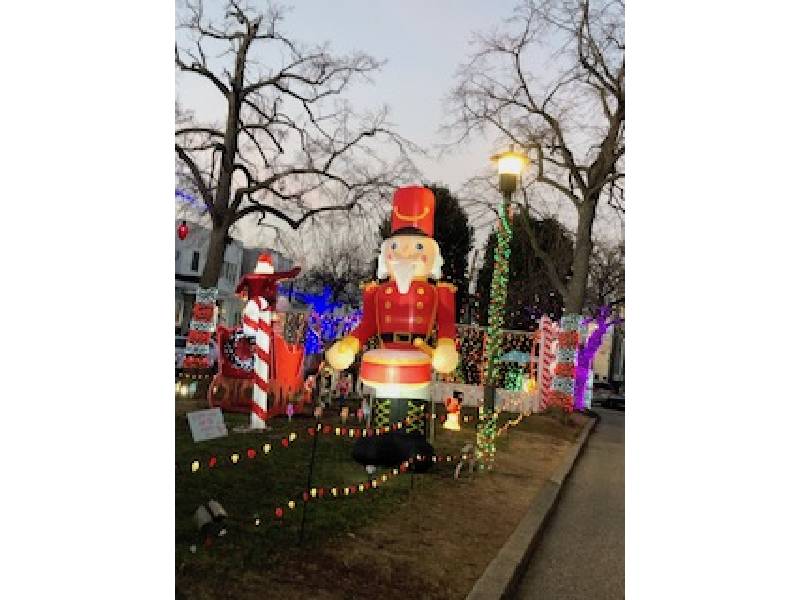It’s no secret that since the beginning of American cinema, people of color have been unfairly depicted and underrepresented onscreen. Over the last century or so, a few films broke through, including In the Heat of the Night and Driving Miss Daisy. But things looked to be changing when 12 Years a Slave won Best Picture in 2014. The following year, Moonlight received the award, and Hidden Figures was the 14th highest-grossing picture of the year. However, despite the clear public attention to diversity, the majority of Hollywood films continue to be cast as predominantly White. But behind the camera, the hurdles for African Americans appear to be even higher, with the list of African American cinematographers being very limited. So, let’s take a deeper look at African Americans in the film industry, particularly the few but mighty who work directly behind the camera.
Ernest Dickerson
Ernest Dickerson, director, and cinematographer is one of the most productive and underappreciated filmmakers of our time. However, given that Dickerson’s credentials include numerous Spike Lee collaborations, such as Do the Right Thing it’s surprising that many filmmakers are aware of his work but not his name. Dickerson has worked as a cinematographer for musical greats such as Bruce Springsteen, Anita Baker, and Miles Davis, in addition to projects that have revolutionized the landscape of Black film. As a filmmaker, he gave us the legendary picture Juice (1992), in which Tupac Shakur made his acting debut. Dickerson has also directed episodes for television shows such as The Wire, “ER“, “Weeds“, “Dexter“, “The Walking Dead“, and many others.
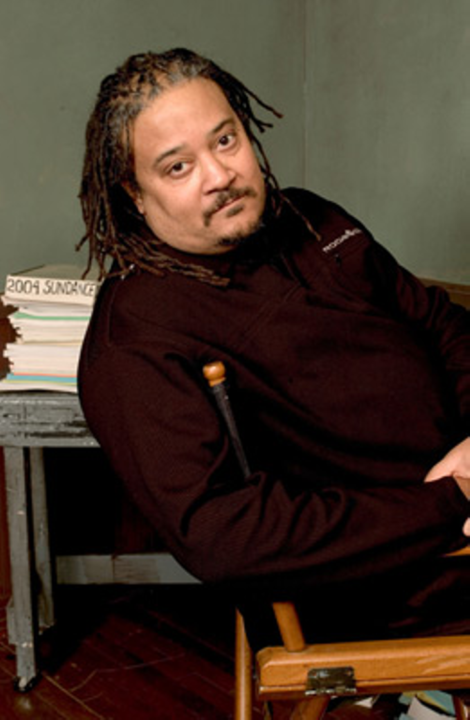
Figure 1 – Portrait of Ernest Dickerson. Source – Google
Bradford Young
Bradford Young, a native of Louisville, Kentucky, is the first African American cinematographer to be nominated for an Academy Award for his work on Arrival. Young was previously recognized as one of several excellent Black cinematographers, including Dickerson, who attended Howard University. However, before receiving notoriety for his work on mainstream films, Young progressively acquired a reputation on the independent circuit with films such as Pariah, “Mother of George“, and “Ain’t Them Bodies Saints“. All of these achievements earned him Cinematography Awards at the Sundance Film Festival. Even though Young has only a few director credits to his name, his vision as a cinematographer makes him a filmmaker to keep an eye on. Even when there is a talent with a darker complexion, Young tends to underexpose his shots. He loves to photograph with available light, but he also employs bounce light, which is often soft, rather than direct lighting for faces.
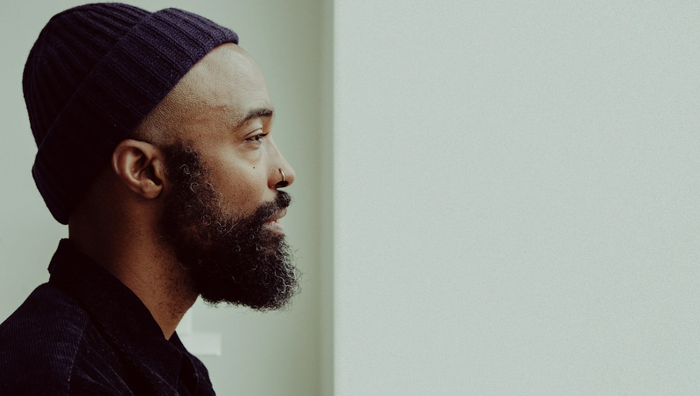
Figure 2 – Portrait of Bradford Young. Source – Google
Jessie Maple
Jessie Maple is a film director and cinematographer from the United States who is most known for advocating for the civil rights of African Americans and women in the film business. Maple worked as a news camerawoman for many years and recalls her best moment as realizing she could edit the story in the camera and prevent the editor from taking a positive story and turning it into a negative one, especially in stories with a race element where Black people were frequently left out of the news report. Will, a gritty drama about a girls’ basketball coach suffering from heroin addiction, was released as an independent feature film by Maple in 1981. Maple became the first African American woman to direct an independent feature-length picture in the post-civil rights period with that release. Maple and Patton founded the 20 West Theater, House of Black Cinema in their Harlem brownstone home in 1982 to display her picture as well as other independent films by African Americans.
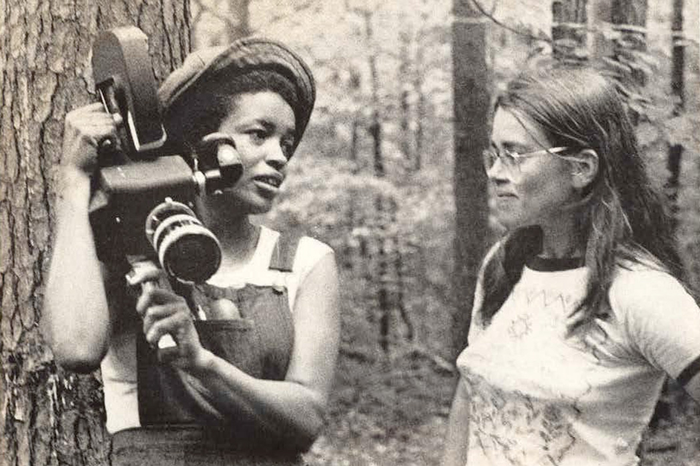
Figure 3 – Portrait of Jessie Maple. Source – Google
Shabier Kirchner
Shabier Kirchner is another difficult-to-find cinematographer on the internet. But his most recent project, Small Axe, a series of films directed by Steve McQueen, is on practically every filmmaker’s lips and ears. Kirchner has cinematographed various shorts and films, including Sollers Point and Skate Kitchen, as well as directed and filmed a short film in Antigua, Dadli, in 16mm. While growing up in Antigua, a place with almost no film industry, Kirchner learned about cinematography from his father. Kirchner has a distinct vision that relates to the stories of the underdog. Kirchner is a master of generating intimate, yet nimble, pictures of folks living on the outskirts of the mainstream.
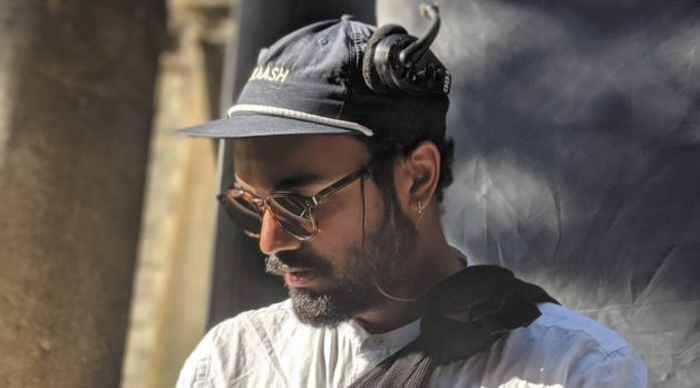
Figure 4 – Portrait of Shabier Kirchner. Source – Google
Kira Kelly
Kira Kelly is another cinematographer from the United States. She is arguably best known for her work on The 13th, a shocking examination of how the text of the 13th amendment has permitted the United States government to keep Black Americans enslaved. Kelly became the first Black woman to be nominated for an Emmy for Outstanding Cinematography in a Nonfiction Program as a result of the film. Kelly grew up with a love of movies and a still camera, which led her to pursue cinematography at Northwestern University with a focus on film theory. Working as a gaffer on larger budget projects taught her a lot. Her early credits as a cinematographer include two feature films directed by Tom Gustafson, the Hulu series East Los High, and several commercials for Amazon, Google, American Express, Nike, L’Oreal, and Chase. She was named to the American Cinematographer’s Rising Stars of Cinematography list in 2017, as well as Variety’s “10 Cinematographers to Watch” and ICG Magazine’s “GenNEXT” lists.
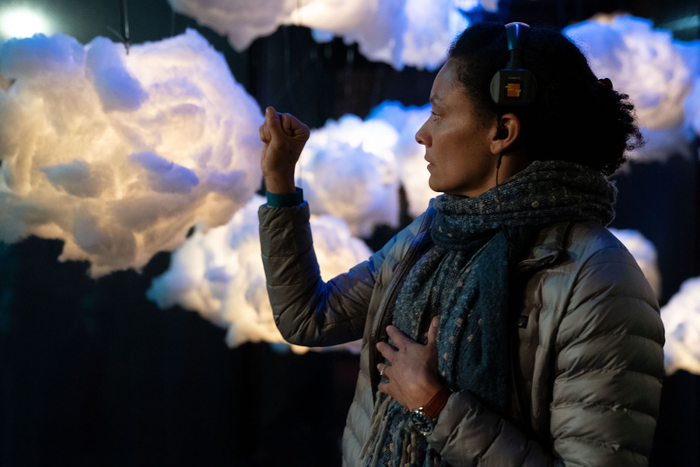
Figure 5 – Portrait of Kira Kelly. Source – Google

Anand Subramanian is a freelance photographer and content writer based out of Tamil Nadu, India. Having a background in Engineering always made him curious about life on the other side of the spectrum. He leapt forward towards the Photography life and never looked back. Specializing in Documentary and Portrait photography gave him an up-close and personal view into the complexities of human beings and those experiences helped him branch out from visual to words. Today he is mentoring passionate photographers and writing about the different dimensions of the art world.





